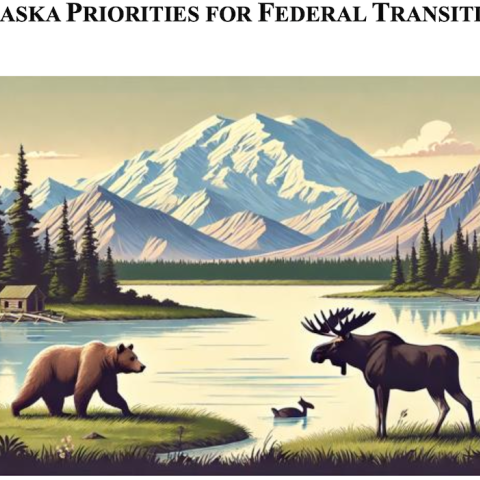
Valley of Ten Thousand Smokes, Katmai National Park and Preserve/NPS
More than a century ago, the Novarupta Volcano erupted with such vigor, tossing more than three cubic miles of magma, that it was deemed to be the largest volcanic eruption of the 20th century. Though it occurred more than 107 years ago, that eruption continues to cause problems.
It was Novarupta's explosive appearance in June 1912 that led to the establishment of Katmai National Park and Preserve in Alaska.
June 6, 1912 dawned clear and calm. Residents of the area were busy getting ready for the upcoming fishing season, but for at least a week people had felt earthquakes. Earthquakes are common in Alaska, a region long known for geologic instability, but people living and working in what would later become Katmai National Park and Preserve noticed that these earthquakes were unusually frequent and getting stronger. These earthquakes had prompted the two remaining families at Katmai Village to evacuate their homes two days earlier. They were wise to do so. Around 1 PM on June 6, the skies darkened over Katmai and for the next 60 hours the sun disappeared. The greatest eruption of the 20th century had begun. -- National Park Service
For those who think the eruption of Mount St. Helens in 1980 was big, geologists say the Novarupta eruption spewed 30 times the amount of magma that came from Mount St. Helens. The National Geographic Society sent expeditions to the area. One of those expeditions, in 1916, culminated in the naming of the area known today as the Valley of Ten Thousand Smokes.

Comparisons of erupted magma volumes. The magnitude and volume of the eruption at Novarupta in 1912 were exceptional/Graphic courtesy J. Fierstein via NPS
On Thursday, ash from that eruption came back to life, figuratively, as strong northwest winds in the vicinity of the Valley of Ten Thousand Smokes picked up loose volcanic ash from Novarupta's 1912 eruption and carried it to the southeast. The resuspended ash cloud was first observed in satellite imagery around 2 a.m AKST (11:00 UTC), according to the Alaska Volcano Observatory. At one point, the ash cloud extended over Shelikof Strait and Kodiak Island and rose to heights up 6,000 feet, the observatory reported.
"This phenomenon is not the result of recent volcanic activity and occurs during times of high winds and dry snow-free conditions in the Katmai area and other young volcanic areas of Alaska," the agency reported. "No eruption is in progress. All of the volcanoes of the Katmai area (Snowy, Griggs, Katmai, Novarupta, Trident, Mageik, Martin) remain at color code GREEN."
That said, the agency added that "(R)esuspended volcanic ash should be considered hazardous and could be damaging to aircraft and health.
For more information on volcanic ash and human health, visit the following website: http://volcanoes.usgs.gov/ash/. Official warnings about these ash resuspension events are issued by the National Weather Service: http://www.weather.gov/afc. Forecasts of airborne ash hazard to aircraft: http://www.weather.gov/aawu . Volcanic Ash Advisories: http://vaac.arh.noaa.gov/ . Forecasts of ash fall: http://www.weather.gov/afc. Air quality hazards and guidance from Alaska Department of Environmental Conservation, Division of Air Quality: http://dec.alaska.gov/Applications/Air/airtoolsweb/Advisories/Index



 Support Essential Coverage of Essential Places
Support Essential Coverage of Essential Places






